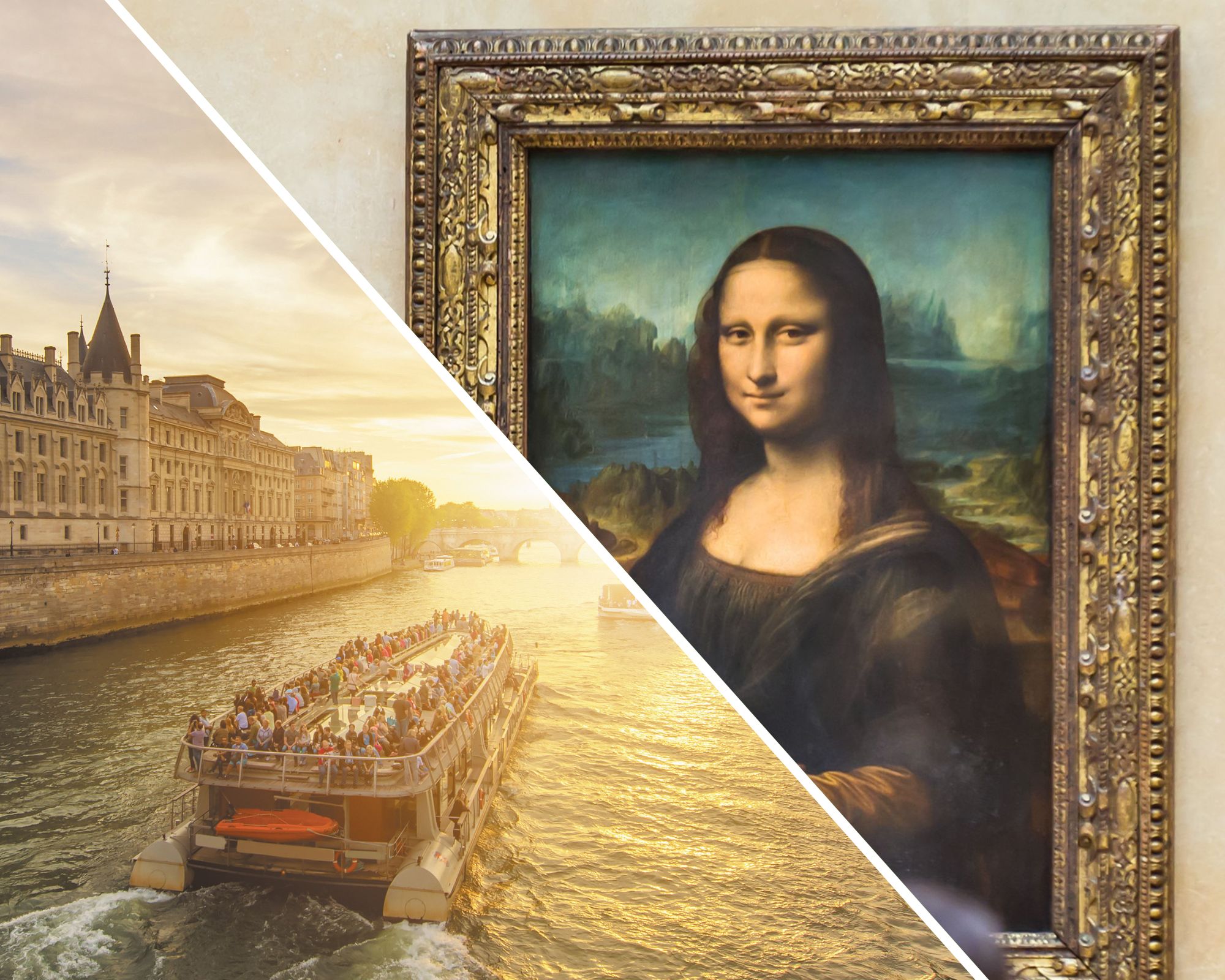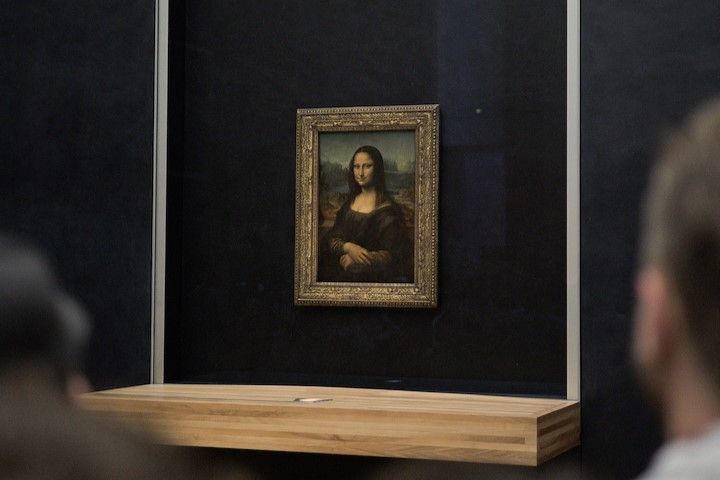Department of Greek, Etruscan and Roman Antiquities

The exhibits in the Department of Greek, Etruscan and Roman Antiquities form a collection of archaeological objects elevated to the status of works of art. Some of the sculptures are actually copies, as the Romans were greatly inspired by ancient Greek art for their decor. Don’t be surprised if you see very similar works.
The birth of a unique collection
The royal collections seized in the French Revolution form the basis of the collection. From 1973 to the present day, it has been added to with purchases of archaeological collections. To begin with, the department mainly housed marble statues. The Venus de Milo entered the collection in 1821. And the Winged Victory of Samothrace, discovered in 1863, took pride of place at the top of the Daru staircase in the Louvre palace in 1884. Its location could not have been better. It welcomes visitors and dazzles them with its triumphant silhouette, the effect amplified by the fact that you only really appreciate its size from the top of the steps. The collection was reorganized in the 20th century so that visits are now themed and chronological. The Greek works are separate from the Roman ones. The museum’s marble statues are also joined by bronze works, frescoes, and pieces of Roman silver.
Visit the department
The Greek, Etruscan and Roman collection is housed on the first floor of the Denon wing and part of the Sully wing. Part of it can also be seen on the mezzanine of the Denon wing. There are therefore two parts, one dedicated to ancient Greece and one that groups together Etruscan and Roman antiquities.
The celebrated sculpture of Aphrodite with her arms missing, known as the Venus de Milo, is located in the center of room 16.
5 works under the microscope
The Venus de Milo
We only learned of the existence of the Venus de Milo in 1820 when it was discovered on the Greek island of Milos, in the Cyclades archipelago. Offered to Louis XVIII by the Marquis de Rivière, the monarchy donated it to the Louvre in 1821. Its arms were never found, but would the sculpture have been so successful if they had been recovered? Attachment marks show that it was originally adorned with jewels and it is thought to have been colored.
Where to find it: Sully wing, room 16
The Winged Victory of Samothrace
Nike is the goddess of victory. Before inspiring the famous sports brand, she was represented in ancient times to symbolize victory in war. She is a winged goddess who after battle descends from heaven to honor the winners. The relic on display is missing its head and arms, but this does not detract from its majesty. The base of the sculpture shows the front of a warship, while the goddess is draped in fine fabric that enhances the overall dynamism.
Where to find it: Denon wing, Daru staircase (Victory of Samothrace staircase)
The Sarcophagus of the Spouses
This funeral urn was acquired by Napoleon III in 1861. It is thought to have been completed between 520 and 510 BC, a time when the ancient city of Caere (Italy) was particularly famous for its clay sculptures. It is an artistic and romantic depiction of Etruscan civilization. The two spouses are in the position adopted at a banquet. The position of their hands evokes the funeral rites of the time.
Where to find it: Denon wing, room 18
The Mosaic of the Triumph of Neptune and Amphitrite
God of the sea and king of the oceans, this mosaic shows Neptune triumphant in a chariot. He is accompanied by his wife Amphitrite. The couple are surrounded by cupids who accompany them with marine animals. This immense and luxurious representation (27 feet by 23 feet) was originally on the floor of a villa in North Africa. It was discovered in Constantine, Algeria, and dates back to the 4th century BC.
Where to find it: Denon wing, room 30
Hercules Resting
The demigod Hercules is the son of Zeus and is traditionally depicted with a club and a lion skin. He is known for his great strength that enabled him to complete the 12 Labors of Hercules amongst other things. This statue of him in the Louvre, entitled Hercules Resting, measures 17 inches high. It came to the Louvre in 1870. Its origin is as yet unknown. It is thought to date from the 3rd century BC but it may be a Roman copy completed four centuries later.
In terms of surface area covered, the Department of Greek, Etruscan and Roman Antiquities is not the Louvre Museum’s largest department. But it is perhaps the one where you should begin your visit. Indeed, the representations of these times are time and again picked up on in subsequent European works. Especially during the Renaissance, the rediscovery of antiquity resulted in paintings in which the characters were directly inspired by Greek and Roman draping. King Louis XIV himself loved to be compared to Hercules.
If you are planning to visit the Department of Greek, Etruscan and Roman Antiquities, you might want to consider booking a Louvre guided tour online : one of the best way to make the most of your time there.


